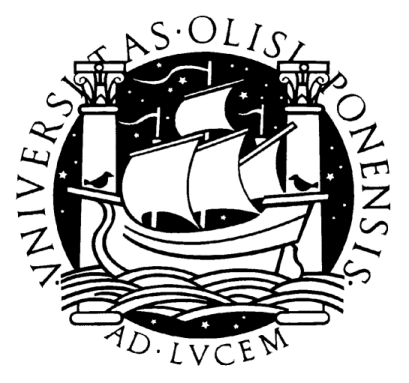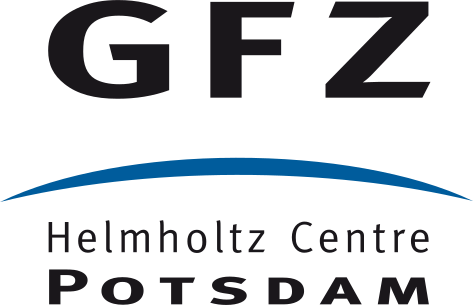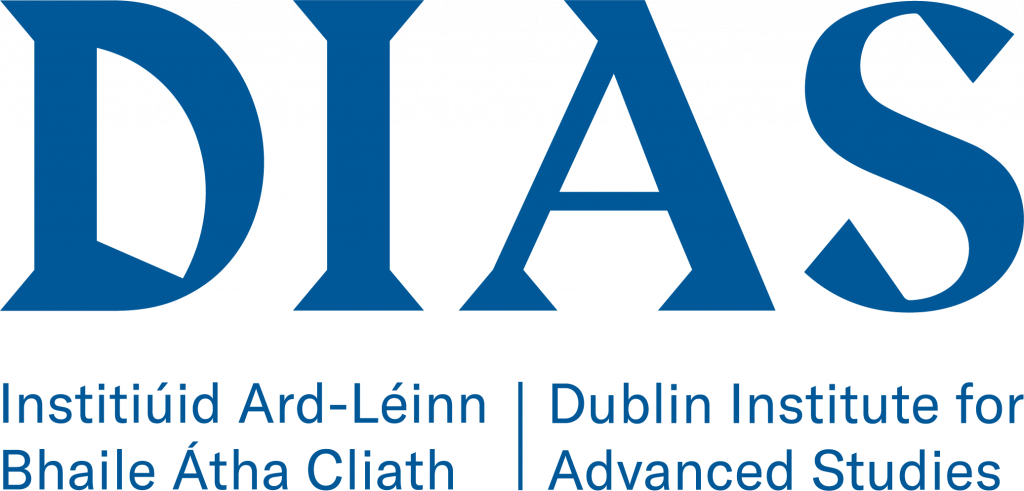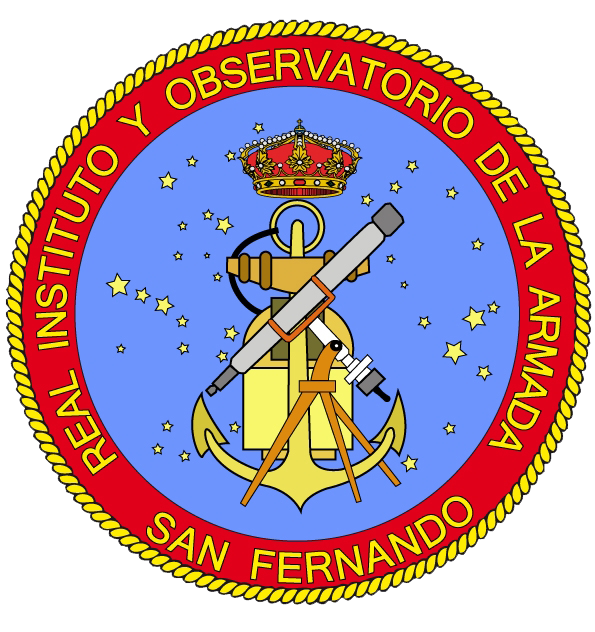Seismology has come far by using travel-time and waveform (phase) information but has mostly ignored the amplitude information. Mantle plumes have just started to be robustly imaged, yet resolution is low and uncertainty quantification is lacking. We developed novel seismic imaging methods based on big amplitude data, showing their strong resolution. With recent computing resources and explosion in datasets, it is now timely to use this unique expertise to lead a step change in observational seismology: rather than relying on pre-defined observables (e.g. travel-times), objective statistical techniques exploring the full richness of the data will be used to design observables that provide optimal constraints on Earth structure.
The UPFLOW project, funded by the European Research Council (2021-2026), will lead a new off-shore experiment in the Azores-Madeira-Canary islands region, which is an under-studied natural laboratory comprising significant mantle upwellings that are poorly understood in general. The imaging technique to be developed will be applied to these new data and to existing data (Hawaii, Reunion) to obtain sharp images of mantle plumes along with their interdisciplinary interpretation. These results will have a major impact far beyond the study regions and across Earth Sciences (e.g. geology, geochemistry, geodynamics) since they will reveal ubiquitous, fundamental phenomena that control the global evolution of the planet.

















